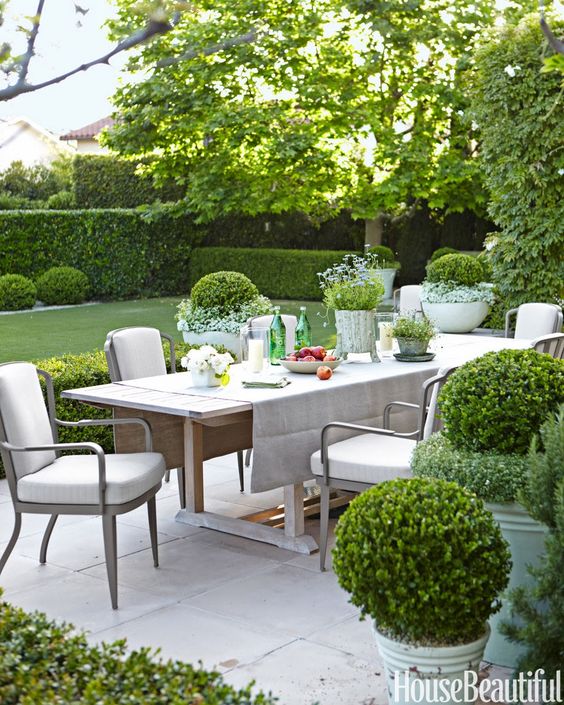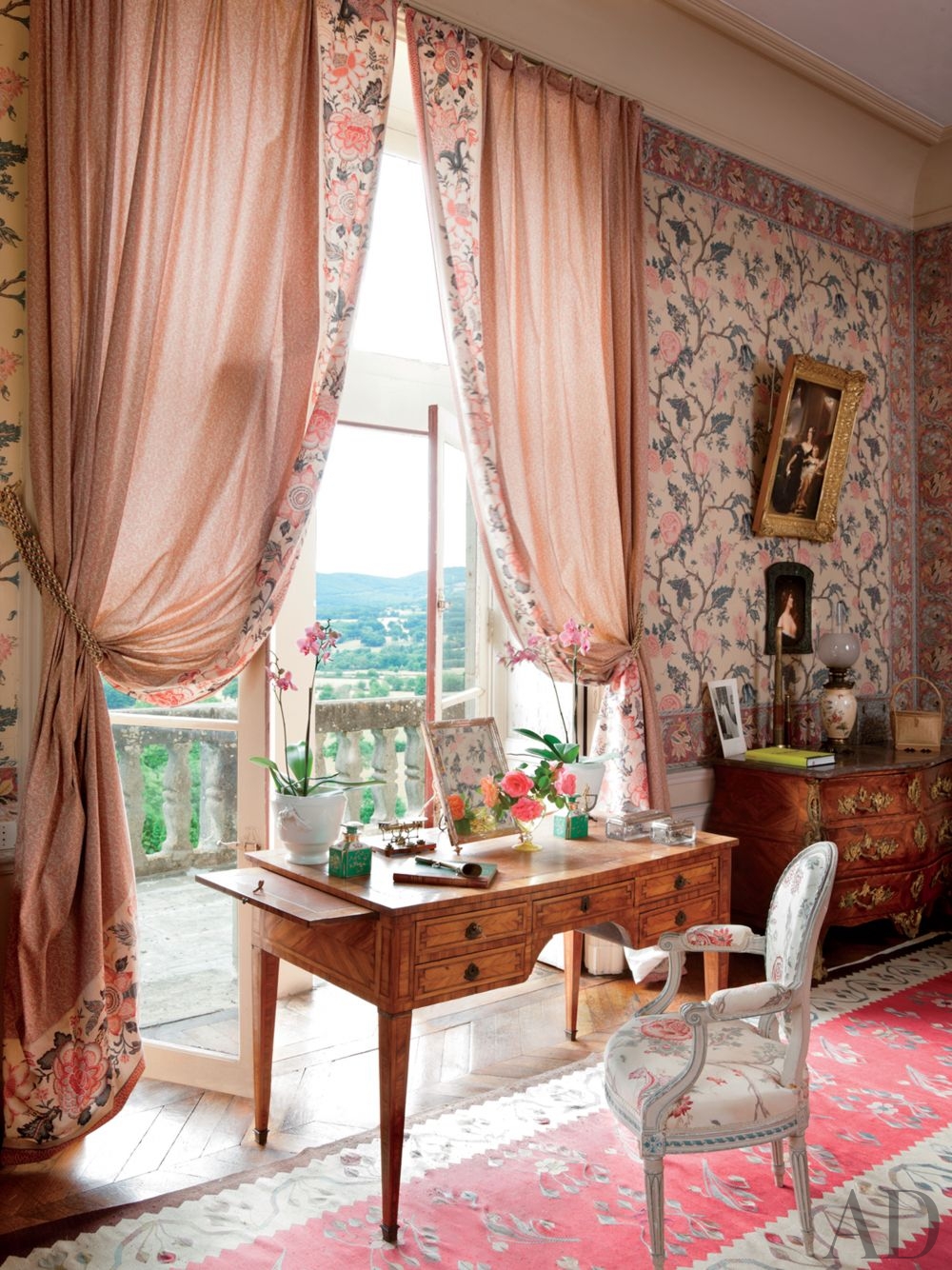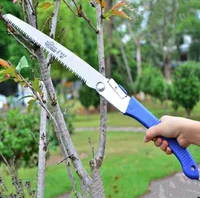Low-Maintenance Landscaping Trends for Busy Homeowners
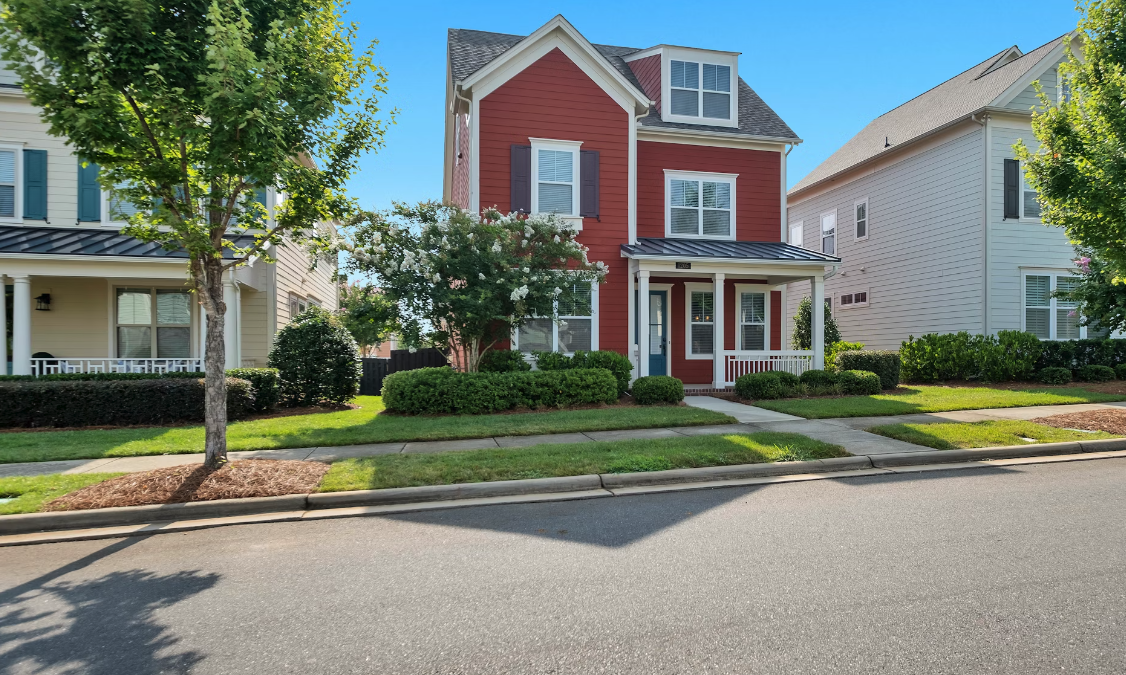
For busy homeowners, achieving and maintaining a beautiful yard can often feel like a constant challenge on an ever-growing list of household tasks!
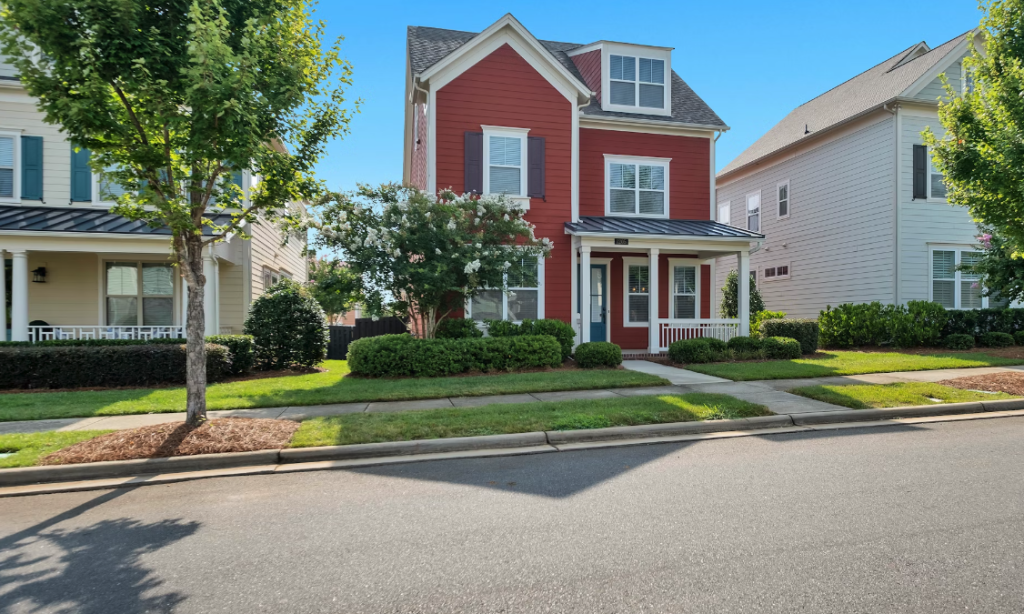
Lawn care, weeding, watering, and seasonal plantings can consume hours better spent with family, friends, or relaxing after a long day. Thankfully, modern low-maintenance landscaping trends provide solutions that let you enjoy a stunning and functional outdoor space with minimal effort. Whether your goal is to spend less time on yard work or you’re hoping to make more environmentally conscious choices, there are practical, easy-to-implement strategies that enhance curb appeal and sustainability. For those who prefer extra peace of mind, working with a local lawn maintenance service ensures that your landscape is professionally cared for throughout the year. By embracing these trends, you can elevate your yard’s beauty, reduce the demands of upkeep, and reclaim your weekend leisure time.
Embrace Native and Drought-Tolerant Plants
One of the most effective and impactful ways to create a low-maintenance landscape is by choosing plants well-suited to your local environment. Native plants—those that have evolved naturally in your region—are perfectly adapted to your area’s unique climate, soil composition, and rainfall patterns. This means they typically require less supplemental water, resist local pests and diseases, and thrive without excessive intervention. Options like indigenous grasses, flowering perennials, and native shrubs provide year-round structure, color, and ecological value. These resilient plants create a dynamic environment that’s visually appealing and deeply connected to your geographic region.
A rapidly growing trend known as meadowscaping involves transforming sections of your yard into naturalistic meadows rich with wildflowers and native grasses. This approach supports pollinators like bees, butterflies, and birds and significantly reduces the need for mowing, fertilizing, and pest control.
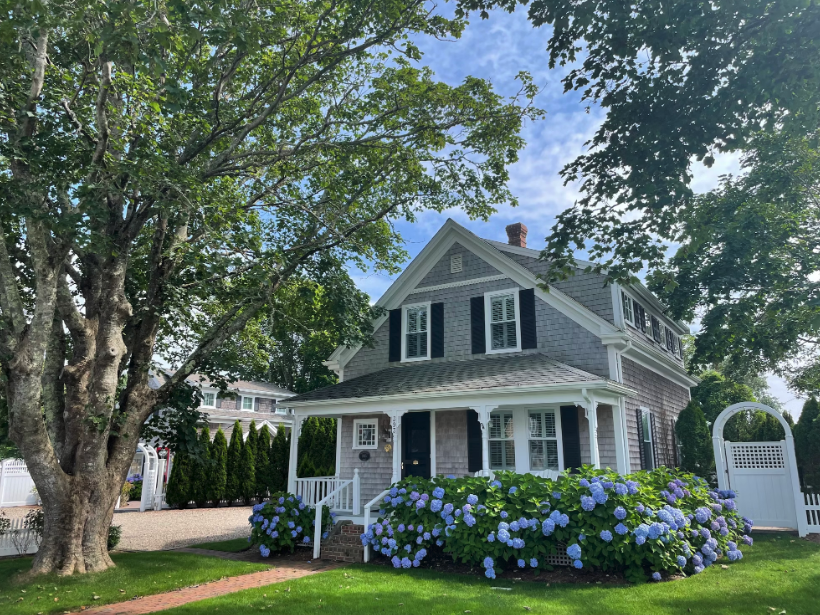
Incorporate Hardscaping Elements
Reducing traditional turf areas isn’t just about saving time—it’s about transforming your space for year-round enjoyment. Hardscaping introduces architectural features like patios, stone walkways, gravel terraces, retaining walls, and decorative borders that require virtually no seasonal upkeep. Instead of a continuous expanse of water-hungry grass, you might install a cozy flagstone patio for entertaining or a winding path to guide you through different yard areas. These durable surfaces eliminate the need for mowing, irrigation, and fertilization while providing functional outdoor living areas.
Implement Smart Irrigation Systems
Watering can be one of the most time-consuming chores for gardeners, but it’s also an opportunity to introduce automation and conserve resources. Modern, smart irrigation systems leverage technology to deliver water precisely when and where needed—right at the plant’s roots—reducing waste from evaporation and runoff. Drip irrigation and soaker hoses are highly efficient, ideal for beds, borders, and container gardens. Many systems feature soil moisture and weather sensors that automatically adapt irrigation schedules based on current conditions, recent rainfall, and seasonal fluctuations.
Utilize Mulching and Ground Covers
Mulching is a simple but incredibly effective practice for achieving a low-maintenance yard and healthier plants. By covering garden beds with a thick layer of organic mulch—such as shredded bark, wood chips, straw, or composted leaves—you create a protective blanket that retains soil moisture, suppresses weed germination, and buffers soil temperatures. Over time, organic mulches decompose, releasing nutrients into the soil, improving its fertility and texture, and fostering robust plant growth with less need for chemical fertilizers or frequent watering.
Taking it further, you can replace or reduce traditional lawn areas with lush, low-maintenance ground covers—plants like creeping thyme, clover, ajuga, or moss.
Explore Edible Landscaping
Edible landscaping elevates your outdoor space by combining beauty and utility: fruit trees, berry bushes, perennial herbs, and colorful vegetables blend seamlessly with ornamental shrubs and flowers. Instead of confining edible plants to a traditional vegetable patch, try incorporating them throughout your landscape for both visual interest and a harvest of fresh produce. Herbs like rosemary, lavender, and thyme add flavor and fragrance and require little maintenance once established, offering evergreen structure and blooms that attract pollinators.
This trend allows you to swap high-maintenance flowers or shrubs for food-bearing options that are just as attractive, if not more rewarding. Lining pathways with herbs, using dwarf fruit trees as focal points, or planting berry bushes as hedges infuses your landscape with function while enhancing curb appeal.



